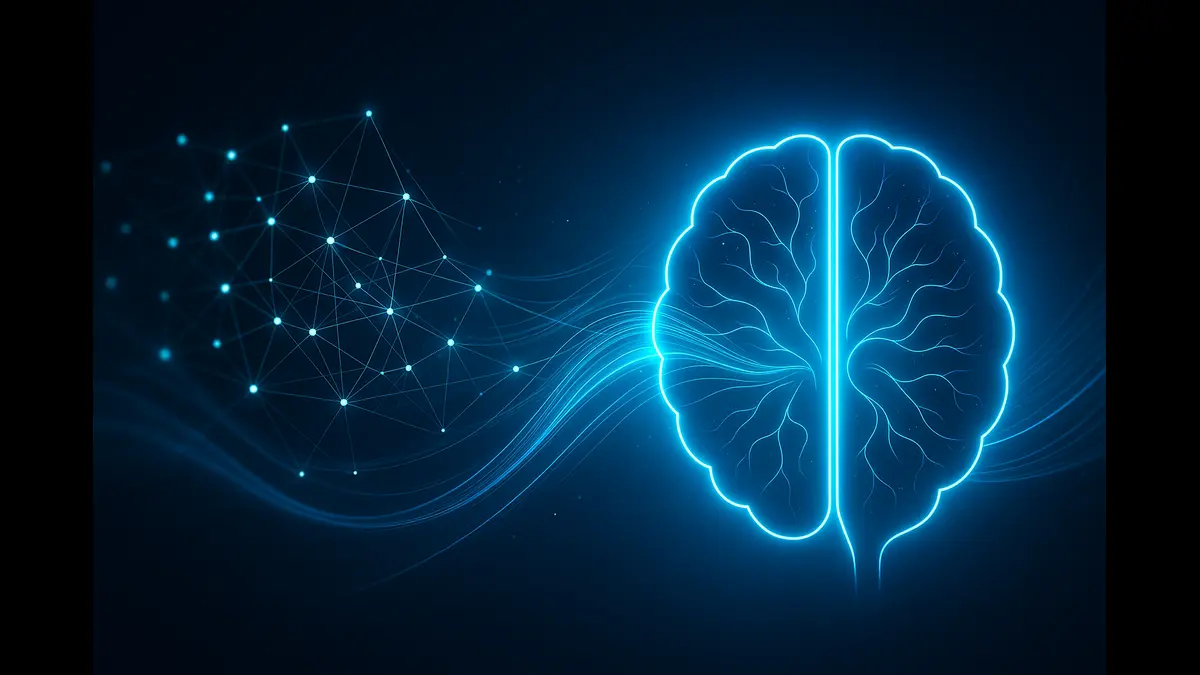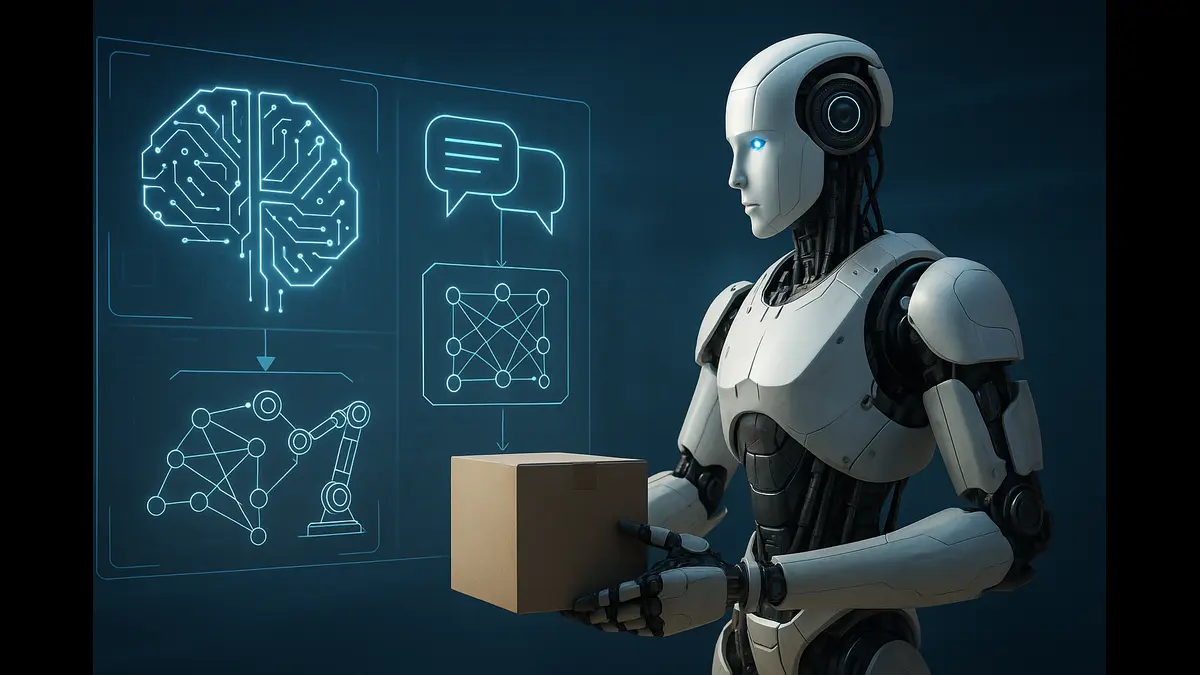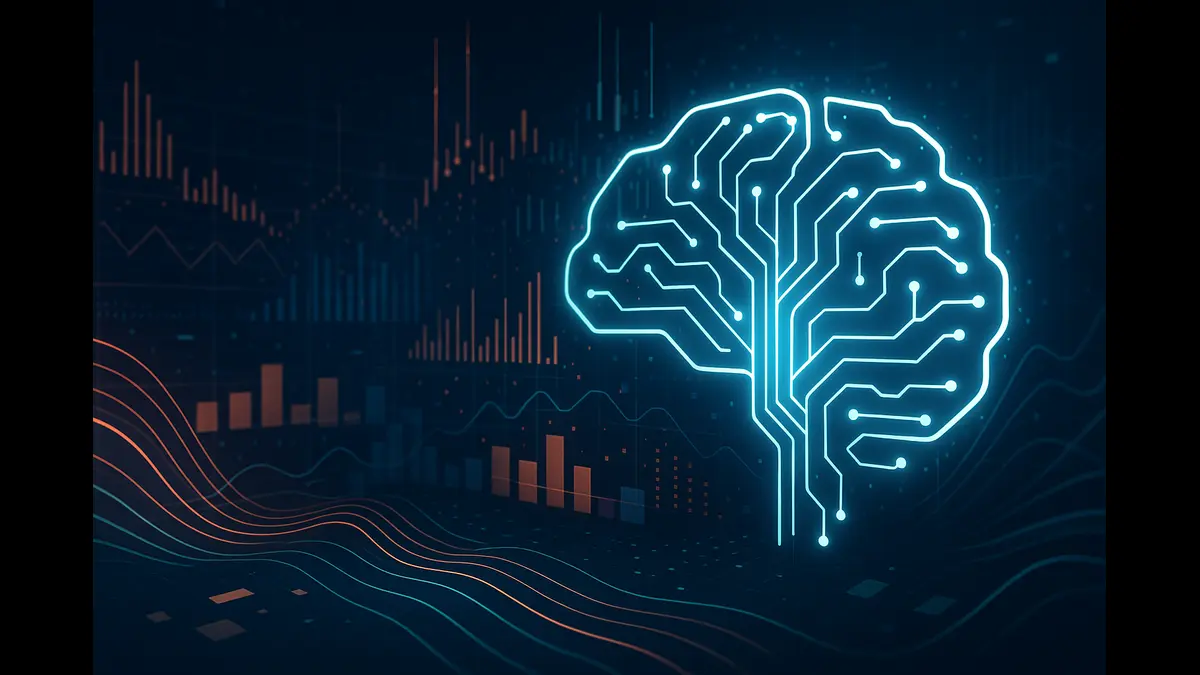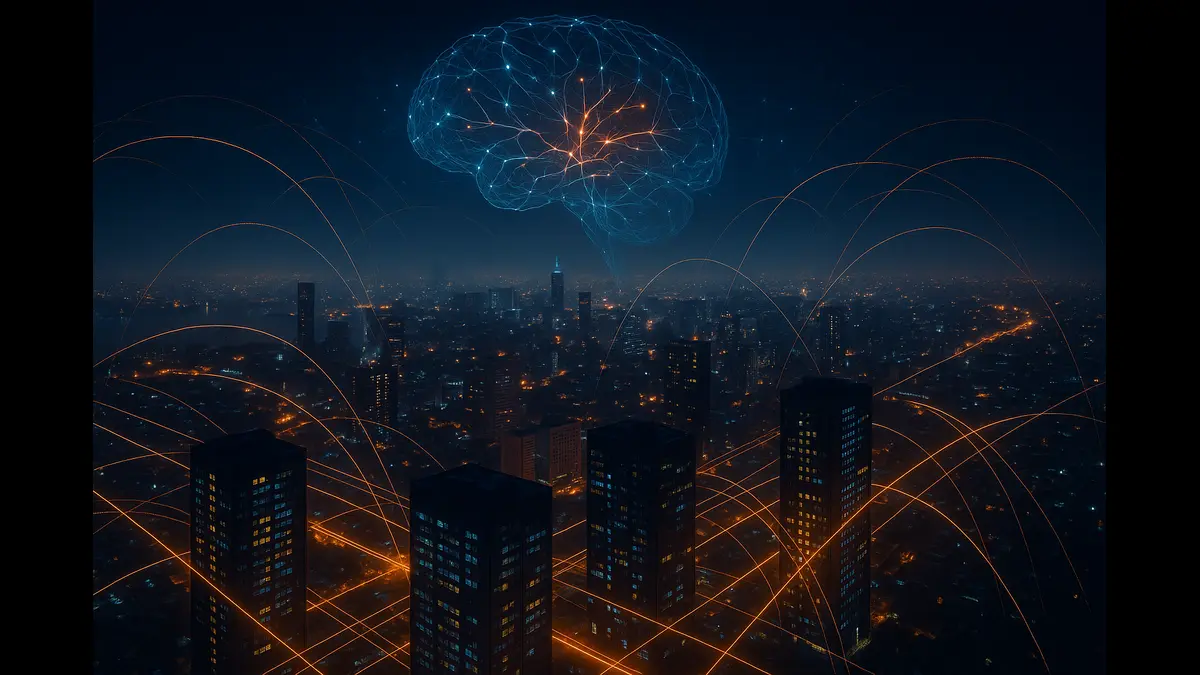
The Current State: AI’s Triumphs and Constraints
Artificial intelligence has transformed how we interact with technology, powering tools that translate languages, generate images, and outwit humans in complex games like chess and Go. These systems, primarily built on large language models (LLMs) and deep learning architectures, excel at recognizing patterns within vast datasets. Yet, as both Dan Herbatschek, CEO of Ramsey Theory Group, and Yann LeCun, Meta’s Chief AI Scientist, have emphasized, these achievements come with a critical limitation: today’s AI is as good as its training data. It mimics patterns it has been fed but lacks the ability to truly comprehend or adapt to the world as humans do. Herbatschek notes, “We have models that outperform humans in translation, image synthesis, and even strategy games—yet they remain bounded by their training.” Similarly, LeCun has declared the current approach of scaling LLMs a “dead end,” arguing that real intelligence lies in understanding the world, not just predicting the next word in a sequence.
This shared perspective marks a pivotal moment in AI’s trajectory. The field stands at a crossroads, poised to shift from systems that replicate learned behaviors to ones that observe, reason, and learn from the world in a manner akin to human cognition. This article explores the transition toward true intelligence, synthesizing Herbatschek’s technical milestones and LeCun’s visionary framework to outline the path forward.
The Core Challenge: From Memorization to Understanding
At the heart of AI’s current limitations is its reliance on statistical pattern-matching. Modern models, trained on massive datasets scraped from the internet, generate outputs by anticipating what comes next based on prior examples. This approach yields impressive results in controlled domains but falters when faced with novelty or contexts requiring genuine comprehension. LeCun illustrates this with a striking comparison: a four-year-old child, in a single afternoon, grasps fundamental principles of physics—like why a ball rolls downhill—through observation and interaction. An LLM, despite ingesting the entire internet, only memorizes descriptions of such phenomena without understanding their causal underpinnings.
Herbatschek echoes this sentiment, emphasizing that AI must move “from statistical mimicry to genuine understanding.” His vision, articulated in a GlobeNewswire release, identifies three foundational breakthroughs necessary for this leap: Unified world models, Autonomous cognitive looping, and Goal-oriented self-learning. These align closely with LeCun’s call for machines that understand the physical world, maintain persistent memory, reason effectively, and plan complex actions. Together, their insights form a blueprint where AI learns from direct engagement with reality and not just curate data.
Unified World Models
A cornerstone of this transition is the development of unified world models—systems that integrate diverse domains of knowledge into a cohesive framework. Herbatschek describes this as a “consistent semantic fabric” that combines physics, logic, social inference, and language. Unlike current AI, which operates as fragmented experts excelling in narrow tasks, these models would synthesize sensory inputs and abstract reasoning to understand why events occur. For instance, a unified model would not only recognize a ball rolling but also deduce the incline and gravity driving its motion, much as a child does instinctively.
LeCun’s vision complements this, emphasizing machines that learn from the physical world through observation, akin to how humans and animals internalize environmental dynamics. He envisions AI that processes visual, auditory, and tactile inputs to build an internal representation of reality, rather than relying solely on text-based data. This shift from web-scraped knowledge to experiential learning mirrors the human ability to generalize from direct interaction, enabling AI to navigate unfamiliar scenarios with adaptability.
Autonomous Cognitive Looping: The Power of Reflection
Another critical step is enabling AI to reflect on its own processes, a capability Herbatschek terms “autonomous cognitive looping.” Current systems react to inputs without evaluating their own reasoning. In contrast, true intelligence requires internal feedback mechanisms that allow AI to critique, refine, and redirect its strategies. “Narrow AI reacts; general AI reflects,” Herbatschek states, likening this to human metacognition, where we reassess our thoughts to improve decisions over time.
LeCun’s framework aligns here, particularly in his emphasis on persistent memory. He envisions systems that maintain a continuous, evolving understanding of their environment, allowing them to revisit past experiences and adjust future actions. This persistent memory would enable AI to sustain long-term goals, much like humans who learn from mistakes and refine their approaches. Together, these ideas suggest AI that doesn’t just process data in isolation but builds a dynamic, self-correcting knowledge base, fostering resilience in complex, unpredictable settings.
Goal-Oriented Self-Learning: Curiosity as a Catalyst
The third pillar is goal-oriented self-learning, where AI generates its own learning objectives rather than depending on human-curated datasets. Herbatschek describes this as systems that “set goals, explore unknowns, and learn from novelty and error.” This curiosity-driven approach would transform AI from a passive tool into an active collaborator, capable of pursuing knowledge independently. LeCun similarly advocates for AI that learns by observing the world, not just parsing text. He points to animals like cats, which plan complex actions through trial and error, as a model for machines that proactively engage with their surroundings.
This shift requires AI to emulate the exploratory nature of human learning. A child doesn’t need a dataset to understand gravity; they experiment by dropping objects and observing outcomes. Similarly, future AI must be designed to hypothesize, test, and iterate based on real-world interactions. This capability would allow systems to adapt to novel challenges, from navigating physical spaces to solving abstract problems, without requiring retraining on specific tasks.
Benchmarks for True Intelligence
To measure progress toward this vision, Herbatschek proposes five rigorous benchmarks, which resonate with LeCun’s call for AI that reasons and plans.
- The Cross-Domain Transfer Test demands proficiency in one field be applied to another without additional training, testing generalization.
- The Long-Horizon Autonomy Challenge requires sustained operation over months, adapting to change without memory loss.
- The Causal Reasoning Evaluation assesses the ability to generate and validate causal hypotheses, critical for understanding dynamic environments.
- The Meta-Learning Benchmark evaluates self-improvement, where AI refines its own processes to correct errors.
- Finally, the Ethical and Empathic Constraints Test ensures systems align with human values, articulating decisions transparently.
These benchmarks address LeCun’s criteria for reasoning and planning, ensuring AI not only performs tasks but understands their implications. For example, a system passing the Causal Reasoning Evaluation would grasp why a ball rolls, not just predict its trajectory, aligning with LeCun’s vision of machines that comprehend physical reality.
The Role of Transparency and Ethics
Both pioneers underscore transparency as a cornerstone of trustworthy AI. Herbatschek insists that “an AGI that can justify its reasoning in natural language—not merely output results—is the foundation of trust.” This interpretability is not just a safety measure but a structural necessity, enabling humans to understand and collaborate with AI. LeCun’s focus on systems that learn from observation implies a similar need for explainability, as AI must communicate how it derives insights from the world.
Ethical alignment is equally critical. Herbatschek’s roadmap for responsible AI deployment emphasize human-centered design and equitable access, allocating resources to upskill workers and ensure technology enhances rather than displaces human roles. This human-centric approach aligns with LeCun’s vision of AI that augments human capabilities, fostering a future where machines are partners, not replacements.
A Unified Vision for the Future
The convergence of Herbatschek’s and LeCun’s perspectives offers a clear path for AI’s evolution. By building systems that integrate unified world models, reflect through cognitive looping, and learn proactively, the field can transcend its current reliance on static training. These systems will observe the world, reason about causes, and adapt to new challenges, much like humans do. The benchmarks proposed by Herbatschek provide a measurable framework to track this progress, while LeCun’s emphasis on observation-driven learning highlights the practical mechanisms to achieve it.
As industries adopt these advancements, the impact will be profound. From manufacturing to healthcare, AI that understands and interacts with the physical world will drive efficiencies and innovations previously unimaginable. Yet, as both leaders emphasize, this transition must be guided by transparency and ethics to ensure technology serves humanity’s broader goals.
In this pivotal moment, the insights of Herbatschek and LeCun illuminate a future where AI is not just a tool but a partner in understanding and navigating the world. Their shared vision—rooted in observation, reflection, and curiosity—chart a course towards an intelligence that is dynamic and adaptive towards the reality it seeks to comprehend.
Discover more from Poniak Times
Subscribe to get the latest posts sent to your email.







